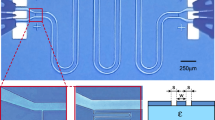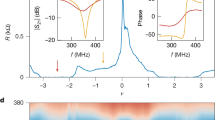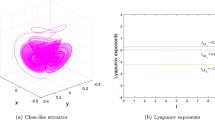Abstract
THE historical note in your last number by Sig. Vacca regarding the graphical solution of a cubic, given by Mr. T. Hayashi, reminds me that I had intended, when Mr. G. B. Matthews published his suggestion for the graphical solution of a biquadratic by means of two parabolas (NATURE, Nov. 16, 1899), to point out that he too had been anticipated, as will be seen by referring to a paper by Mr. R. E. Allardice in the Proceedings of the Edinburgh Mathematical Society (April 7, 1890), where it is shown that, with the exception of the case where the roots of the biquadratic are equal in pairs, the real roots of the general biquadratic can be found graphically by means of two equal parabolas having their axes at right angles, the one fixed and the other movable; and also that every cubic can be reduced to the form y3 ± y + r = 0; and then solved graphically by means of the fixed curve y = x3 and the movable straight line x±y = r.
This is a preview of subscription content, access via your institution
Access options
Subscribe to this journal
Receive 51 print issues and online access
$199.00 per year
only $3.90 per issue
Buy this article
- Purchase on SpringerLink
- Instant access to full article PDF
Prices may be subject to local taxes which are calculated during checkout
Similar content being viewed by others
Author information
Authors and Affiliations
Rights and permissions
About this article
Cite this article
CHRYSTAL, G. Solution of Cubic and Biquadratic Equations. Nature 64, 5 (1901). https://doi.org/10.1038/064005d0
Issue date:
DOI: https://doi.org/10.1038/064005d0



